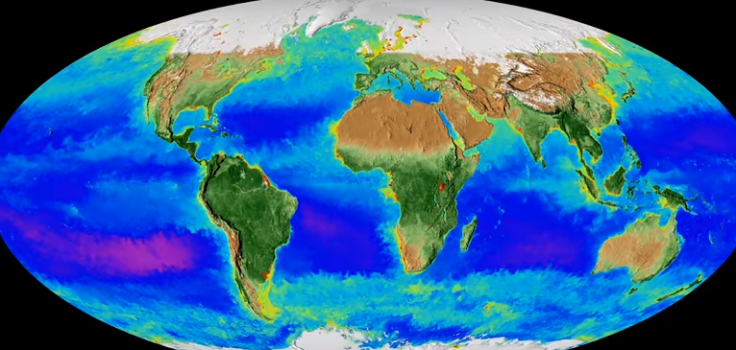Watch NASA’s Incredible Timelapse Of Life On Earth Over The Years

NASA released an incredible timelapse Friday depicting life on Earth over the past 20 years. The video showed the earth “breathing,” including the ebb and flow of the planet’s ice and oceans through a view from space.
The time-lapse video gave scientists the most complete picture of life throughout the world to date, according to NASA.
“These are incredibly evocative visualizations of our living planet,” Gene Carl Feldman, an oceanographer at NASA’s Goddard Space Flight Center, said in a statement. “That’s the Earth, that is it breathing every single day, changing with the reasons, responding to the sun, to the changing winds, ocean currents and temperatures.”
NASA scientists compiled the space-view of the earth using satellites and observations from around the world. The specific satellite used for the timelapse, called the Sea-Viewing Wide Field-of-view Sensor, was launched in 1997, allowing for 20 years of space-view footage. SeaWiFS gave scientists a continuous view of life on land and in the ocean.
“As the satellite archive expands, you see more and more dynamics growing,” said Jeffrey Masek, chief of the Biospheric Sciences Laboratory at NASA. “We’re not able to look at long-term trends.”
The time-lapse aimed to aid researchers in determining how the world might be impacted by a changing climate and an increase in carbon dioxide. Observations showed the relationship between warming waters and a shift in phytoplankton populations. Such phytoplankton blooms, also known as "biological deserts," allow little life to thrive among them.
"It's one of a kind," NASA oceanographer Jeremy Werdell told CBS News of the time-lapse. "It's never been done before and so being able to capture land, ocean, atmosphere, ice, over 20 years together - it's insanely cool."
© Copyright IBTimes 2025. All rights reserved.






















